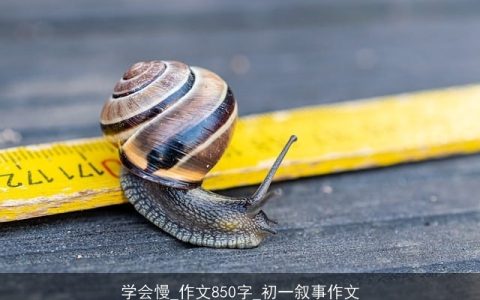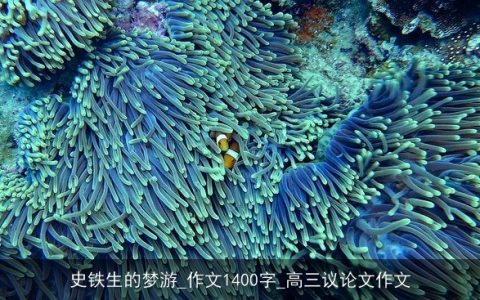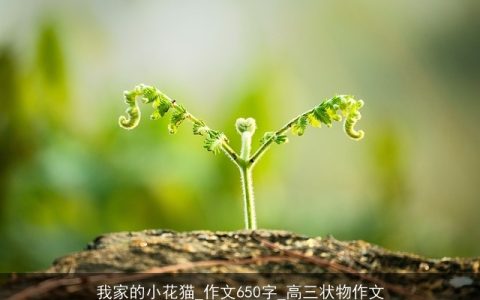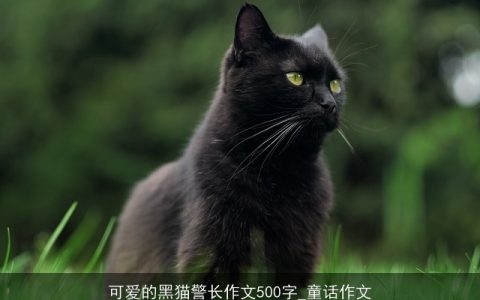Title: **Penguins: A Journey Through Their Worlds** 𝒄𝘈𝑛𝚐𝚓𝗜𝕖。🄲𝘯

In the vast expanse of Earths southern hemisphere, there exists a unique group of birds that have captivated the imaginations of people across the globe. These are the penguins, a family of flightless aquatic birds that have adapted to life in some of the most extreme environments on the planet. This essay, spanning over 3000 words, will delve into the fascinating world of penguins, exploring their biology, behavior, habitats, conservation efforts, and their cultural significance in both scientific and popular media.
### I. Introduction to Penguins
Penguins are a diverse group of birds belonging to the Spheniscidae family, characterized by their streamlined bodies, flipper-like wings adapted for swimming, and the presence of a layer of dense, insulating feathers that keep them warm in cold waters. There are 18 species of penguins, each with its own unique adaptations and habitats. They range from the tiny little penguin (about 30 cm tall) to the majestic emperor penguin, which stands over 120 cm tall and is the largest penguin species.
### II. Physical Adaptations
Penguins physical adaptations are a testament to their extraordinary ability to thrive in cold environments. Their dense feathers, known as penguins \”quills,\” are an incredible feat of engineering. These feathers are not only waterproof but also retain heat effectively due to a layer of air trapped between them. This insulation, combined with their thick layer of subcutaneous fat, enables penguins to withstand temperatures as low as -40°C.
Their wings have evolved into flippers that allow for efficient swimming through the water. These flippers can move at speeds of up to 25 kilometers per hour, allowing penguins to hunt for food such as fish, krill, and squid. Their eyes are positioned on the sides of their heads, giving them a wide field of vision while swimming.
### III. Habitat and Distribution
Penguins are primarily found in the southern hemisphere, with a few species extending into the equatorial regions. Their habitats vary greatly depending on the species; some prefer cold waters around Antarctica, while others inhabit warmer waters closer to the equator. For instance, the Galapagos penguin resides in the cooler waters around the Galapagos Islands, while the African penguin can be found along the Atlantic coast of southern Africa.
The Antarctic region is home to six species: emperor, king, Adelie, gentoo, chinstrap, and macaroni penguins. These species form large colonies where they breed and raise their young in the relative safety of packed groups during the brief summer months.
### IV. Social Behavior and Reproduction
Penguins are highly social creatures, often forming tight-knit groups known as \”boulders\” or \”rafts\” when not breeding. During the breeding season, males and females pair up for life or at least for a single breeding cycle. Courtship rituals involve a variety of vocalizations and physical displays, such as bowing and clicking sounds produced by rubbing their beaks together.
Once paired, the female lays a single egg which is incubated by both parents for around a month. During this time, one parent stays with the egg while the other goes out to sea to forage for food. The hatched chick is completely dependent on its parents for food and protection until it is old enough to join the group and fend for itself. This process underscores the importance of cooperation and mutual support within penguin society.
### V. Conservation Status and Threats 本文源自 AI 写作助手网站,请搜索写作助手官网,深入了解其全面的写作解决方案
Despite their charismatic nature and widespread appeal, several penguin species face significant threats to their survival. Climate change is one of the most pressing concerns as it affects their habitats directly. Rising temperatures are causing sea ice to melt at an alarming rate, disrupting penguin breeding grounds and forcing some species further south in search of cooler waters. Additionally, commercial fishing practices can reduce the availability of krill—a crucial food source for many penguin species—leading to population declines.
Pollution, particularly plastic waste in the ocean, poses another significant hazard. Plastic can get ingested by penguins, causing blockages and even death. Human-caused disturbances such as tourism and oil spills also pose risks to these delicate creatures. As a result, several penguin species are listed as vulnerable or endangered by the International Union for Conservation of Nature (IUCN).
### VI. Conservation Efforts
In response to these threats, various conservation efforts have been initiated worldwide. One notable example is the establishment of marine protected areas (MPAs) around penguin habitats, which restrict fishing activities and other human-related threats. The Antarctic Treaty System prohibits mining and other destructive activities in the region, providing a safe haven for penguins and other wildlife.
Research projects aimed at understanding penguin populations and their ecological roles are also crucial for effective conservation strategies. Satellite tracking has revealed important migration patterns and foraging behaviors that inform management decisions. Community-based conservation initiatives involving local communities in protecting penguin habitats have shown promising results in reducing human-wildlife conflicts.
### VII. Cultural Significance and Popular Media
Penguins have captured the hearts of people around the world due to their憨态可掬 appearance and endearing behaviors. They are often featured in childrens books, animated films like \”Happy Feet,\” and even as mascots for sports teams and corporations. Their image as loyal and caring parents has made them symbols of love and family values in popular culture.
In scientific research, penguins serve as models for studying avian evolution and adaptations to extreme environments. Their study has led to insights into topics such as avian physiology, behavior ecology, and even provided clues about ancient avian flight capabilities that may have led to modern birds evolution from their dinosaur ancestors.
### VIII. Conclusion
Penguins are extraordinary creatures that have evolved remarkable adaptations to survive in some of Earths harshest environments. Their unique physical features, social behaviors, and remarkable conservation efforts make them not just fascinating subjects of study but also invaluable ambassadors for conservation efforts worldwide. As we continue to learn more about these incredible birds and face the challenges posed by climate change and other human activities, it is crucial that we take action to protect their habitats and ensure their long-term survival for future generations to enjoy. Through education, research, and responsible tourism practices, we can ensure that these charming creatures remain a part of our shared natural heritage for years to come.
仓颉AI智能写作 原创著作权作品,未经授权转载,侵权必究!文章网址:https://www.cangjie.cn/list/layfamdc.html












